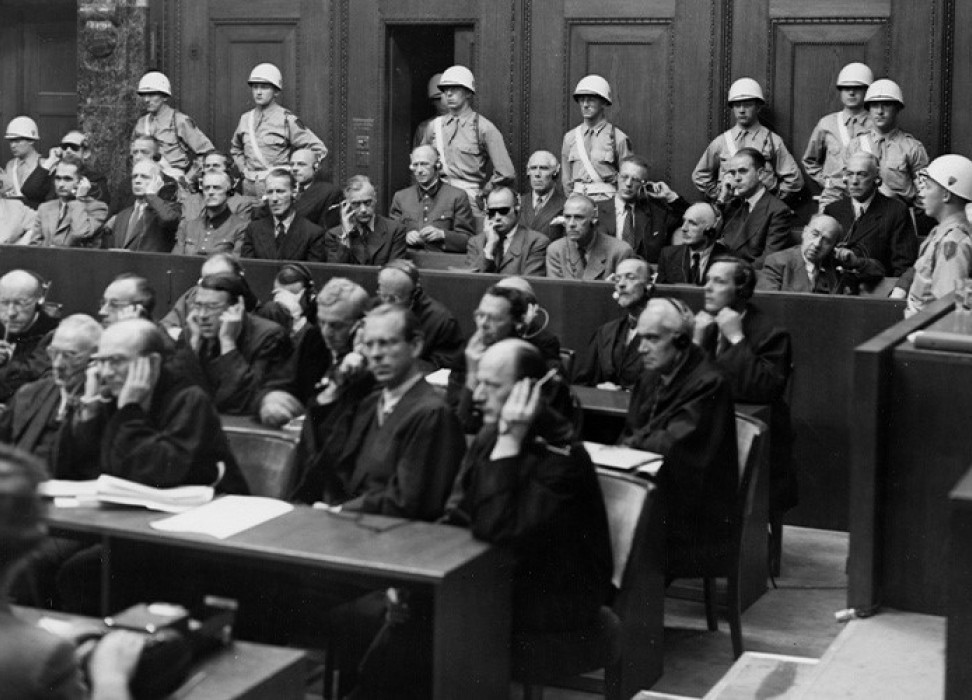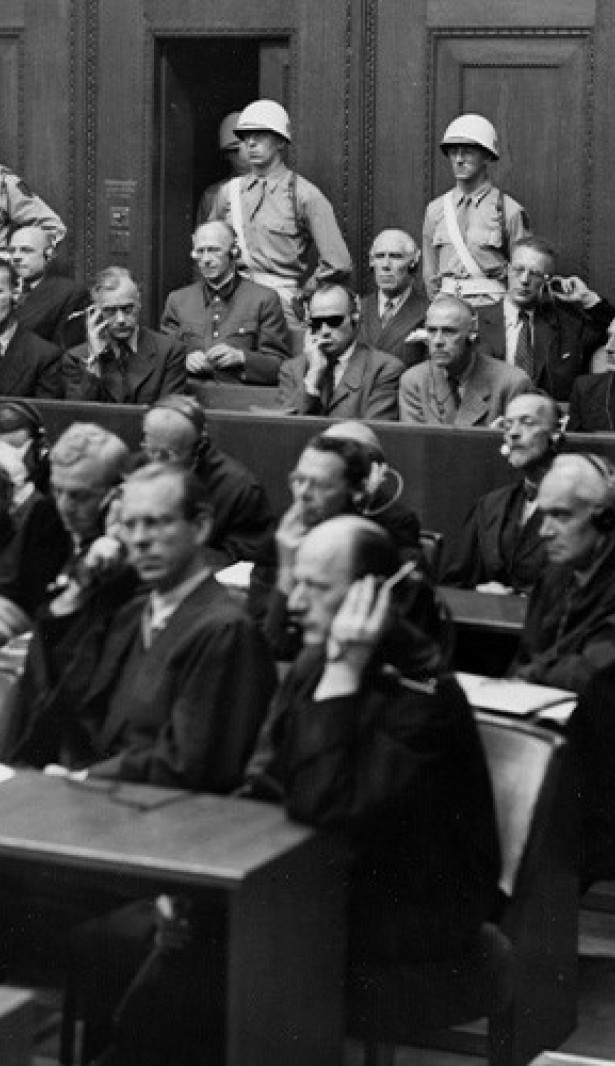Berkeley Protocol gives guidance on using public digital info to fight for human rights
01 December 2020

The first international protocol on using social media as evidence of human rights violations, launches today. The Berkeley Protocol – a joint publication of the UN Human Rights Office and UC Berkeley’s Human Rights Centre -- offers global guidance on using public digital information.
"Technology can help us see the distant, the obscured and the unimaginable -- and serve as concrete proof of violations of human rights and international law," said UN High Commissioner for Human Rights Michele Bachelet. "And as technology advances, many new ways to harness these tools to protect and advance human rights are being developed."
The latest of these tools is the Berkeley Protocol on Digital Open Source Investigations. The Berkeley Protocol is the first global guidelines for using public digital information – including photos, videos and other information posted to social media sites like Facebook, Twitter and YouTube – as evidence in international criminal and human rights investigations.
The protocol was developed by the UC Berkeley Human Rights Centre with the UN Human Rights Office, and shaped with input from more than 150 experts from across the globe over a three-year period.
Human Rights Centre Executive Director Alexa Koenig said the work was not just the development of a guideline, but the strengthening of a community.
"While the protocol's creation has required a herculean effort involving hundreds of people over the course of the past several years, we see the Berkeley Protocol as a foundation on which this community of practice can continue to build. This is just the beginning, and we invite others to develop, adapt, and refine these standards as we collectively work to ensure justice for the world's gravest crimes," she wrote in a blog post for the UN Human Rights Office.
Publicly available digital information has been crucial in developing cases of egregious human rights violations in the recent past. For example, the Independent International Fact-Finding Mission on Myanmar gathered evidence of "rampant hate speech" in Myanmar disseminated especially through social media such as Facebook. Satellite imagery helped the Commission for Human Rights in South Sudan to find that crimes against humanity has likely occurred, given the widespread destruction of private property and attacks against civilians in over 40 villages in the course of two months.
This proliferation of user-generated digital content presents one of the greatest challenges human rights activists and others face, especially "dealing with discovery and verification of relevant material within an increasing volume of online information, especially in terms of photographs and videos captured on smartphones and other mobile devices, some of which may be compromised or misattributed," the publication states.
"Early on, we made a conscious choice to make the protocol technology agnostic by not referring to specific platforms or tools," Koenig said. "Rather, we focused on principles and processes, establishing a framework that could balance the need for scientific predictability with the adaptability necessary for a quickly changing digital world."
The Berkeley Protocol provides guidelines, on international standards for conducting online research into alleged violations, guidance on methodologies and procedures for gathering, analysing and preserving digital information in a professional, legal and ethical manner. It also sets out measures that online investigators can take to protect the digital, physical and psychosocial safety of themselves and others, including witnesses, victims and first responders, including citizens, activists and journalists, who risk their own well-being to document human rights violations and serious breaches of international law.
"Our aim is to ensure that international standards are not overlooked in the speech of technological changes, and that new technologies serve to strengthen the compilation of the evidence base and its analysis, while boosting the credibility of conclusions reached," Bachelet said.
Read more about the genesis of the Berkeley Protocol on our Medium blog.
1 December 2020




